It’s been since August that I wrote about “I’m going on a trip, and I’m bringing …” and here is the third and final part. It was actually ready for quite some time and just needed a few finishing touches. I always have a number of articles and projects ready to go, and this year was no exception. In spring, I started a few new projects that will be published in the coming weeks/months. I’d like to give you a sneak peek and hope you find it interesting.
One of the topics is finding the smallest micro 4/3 interchangeable lens camera to replace a compact camera, along with lenses to keep it as compact as possible. I’ll also be sharing reviews of new lenses I’ve purchased, including budget lenses and creative lenses – which in my opinion is probably the same. Some come at surprisingly low prices with even more surprising results. I also took pictures with the lens of a British ’46 Kershaw Penguin bellows camera mounted on a 13 year old Olympus E-PL1, the pictures aren’t great but it’s a lot of fun to play with, so the fall and winter might turn out to be quite interesting I think.
I’m going on a trip, and I’m bringing a large shoulder bag or backpack :
Carrying a large shoulder bag or backpack might seem like a great way to accommodate two cameras and bigger lenses, but it comes with some downsides. Currently, my largest bag is the Domke F7, which comfortably fits my E-M1X together with my E-M1 Mark III with a battery grip attached to the MKIII, plus a total of four to six lenses. However, this setup can quickly move towards 6kg to 8kg or more, so you have to consider whether you want to carry such weight. I’ve used it at airshows a few times, and after a few hours, you start to feel the strain. You can carry it on a motorcycle seat, but it’s too bulky and heavy for a bicycle. Also, I wouldn’t recommend lugging around such a fully loaded bag during long hikes in challenging terrain.
However, it’s not necessary for the bag to be packed to the brim to serve its purpose. This kind of bag comes in handy, especially during events like weddings when you need various photography gear. It’s also great for taking macro shots in the woods when you require things like flashlights. Essentially, it’s useful wherever you need additional lenses and a lot of accessories but don’t have to carry the bag with you all the time.
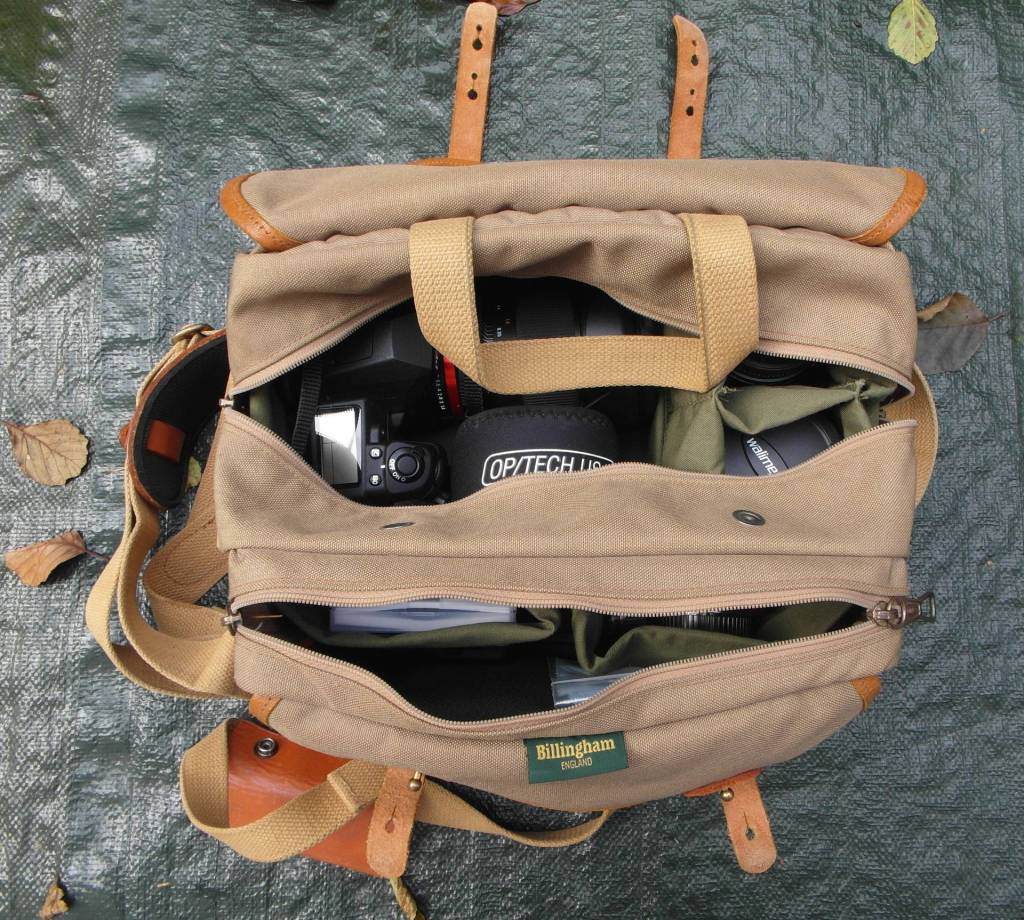
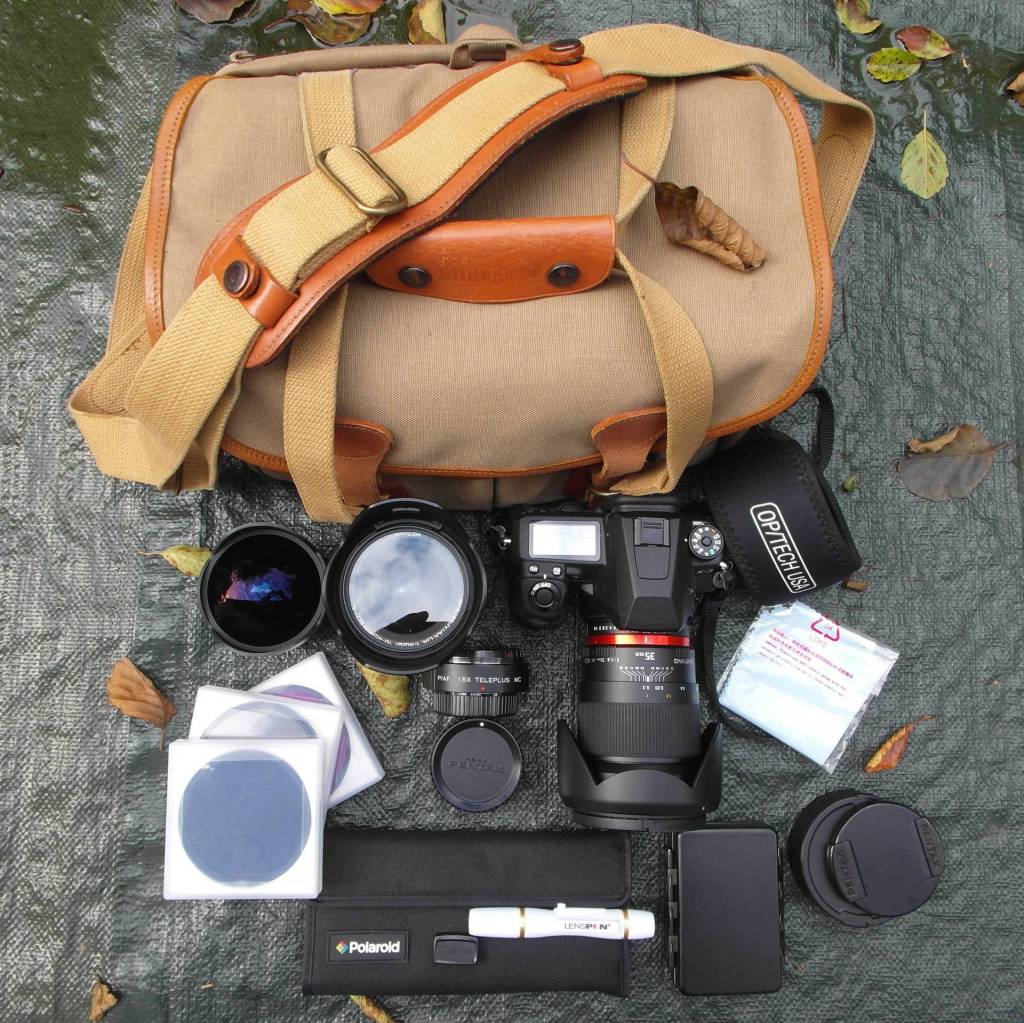
Billingham bags are fantastic, and when I was still using a Pentax camera, I relied on a Billingham 225 for quite a while. Here’s what I packed in it back then: Billingham 225, Pentax K3, Samyang 35mm f1.4, Pentax 16-45mm f4.0, Walimex Pro 8mm Fish Eye f3.5, Kenko Teleplus 1.5x, a set of filters (ND8, CPL, …), SD card holder, lens tissue, and a lens pen.
But these days, especially for bird and wildlife photography, the mentioned bag would be too small. However, a Billingham 335 would be a more suitable option, unfortunately it’s expensive, and is sold between €400 and €500. That’s why I had to consider alternative choices.
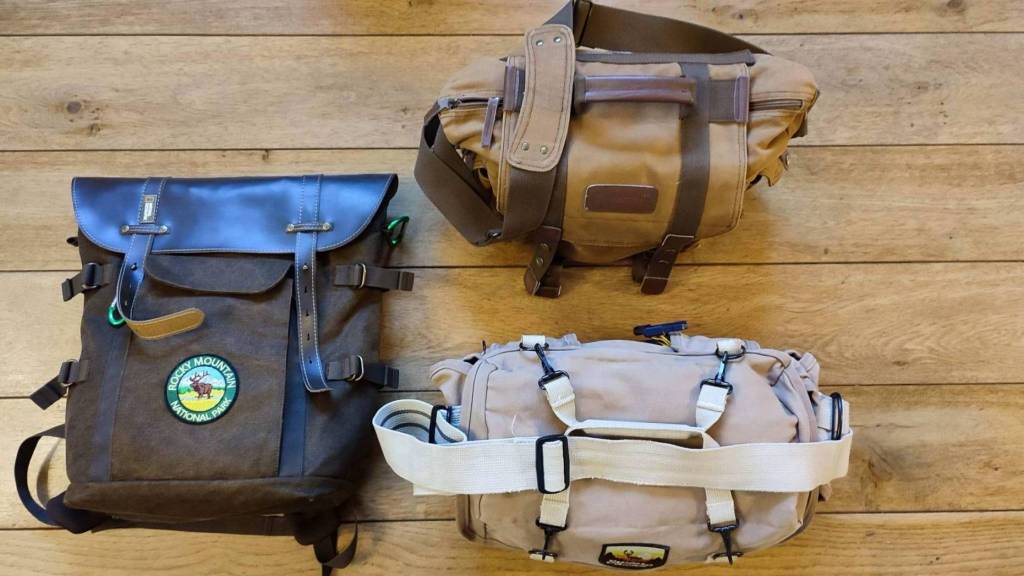
The Bags :
The Evecase is 38x30x18cm or the Caden is 38x28x16cm, is about the same size as a Billingham 335 – the average price of the Caden new is about €45, I bought the Evecase second-hand for €40
The Evecase is my go-to bag for outdoor activities like hiking and biking. It can accommodate my E-M1 Mark III camera with a 100-400mm lens attached, or the Olympus 300mm f4 Pro, and on top of that, it has space for my E-M5 Mark III with either a standard or wide-angle lens in a neoprene protective pouch*. When I’m on location, I take the E-M5 out of the bag and carry it around my neck or on my shoulder, so I can quickly access the E-M1 for action shots. This setup is ideal for birdwatching and wildlife photography because it’s big enough to handle those scenarios but still compact and lightweight for navigating through forests and obstacles with ease.
The Evecase and Caden bags are smaller in size compared to the Domke F7. These two bags have a similar appearance, with the Caden being a bit smaller. However, the key distinction between them is the material they are made of. Both bags use a canvas-like material, but the Evecase is strengthened and has a water-resistant nylon layer, whereas the Caden lacks such reinforcement and can be easily collapsed and rolled up when its insert is removed.
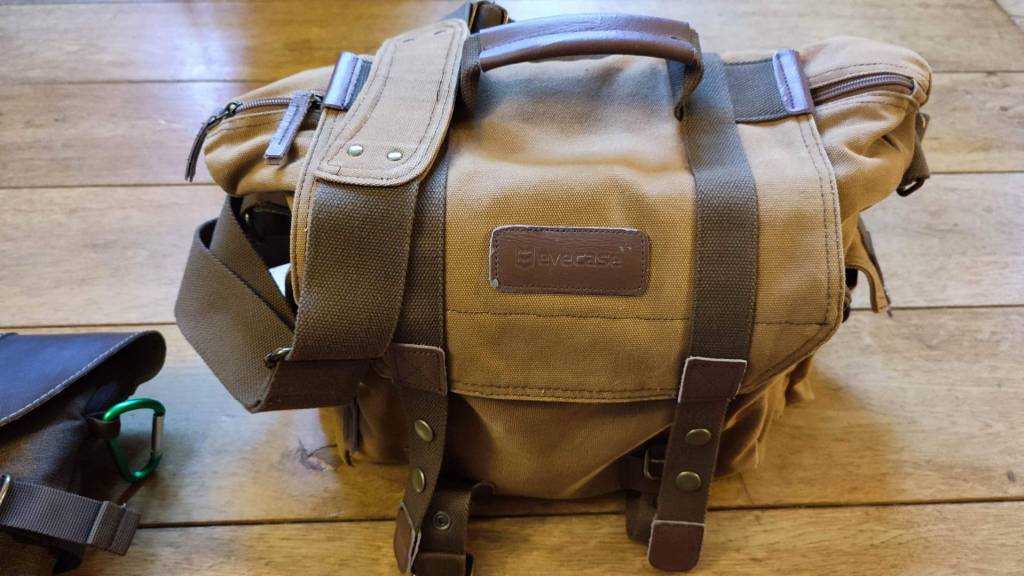
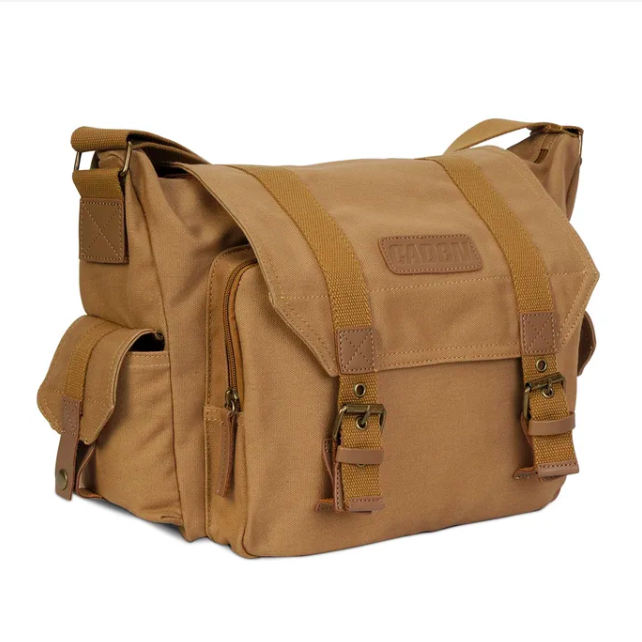
National Geographic Africa NG A5290 – 41x25x12cm – I bought it new for €219
Another option I have is the National Geographic Africa backpack NG A5290. It can hold similar gear to the Evecase but has room for an additional tripod. Plus, there’s extra space at the top for your personal stuff, even for a small picnic and drinks. This makes it great for longer trips and rougher terrain
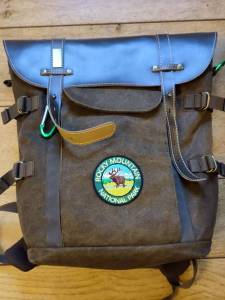
The Domke F7 is 46x29x25cm, and is about the same size as a Billingham 445 – the average price is €280 new, I bought it second hand for €60.
Actually, it was listed on the ad as a Domke F2, but when I received it I realized it was much larger, and the label inside gave away the model, even better I thought !
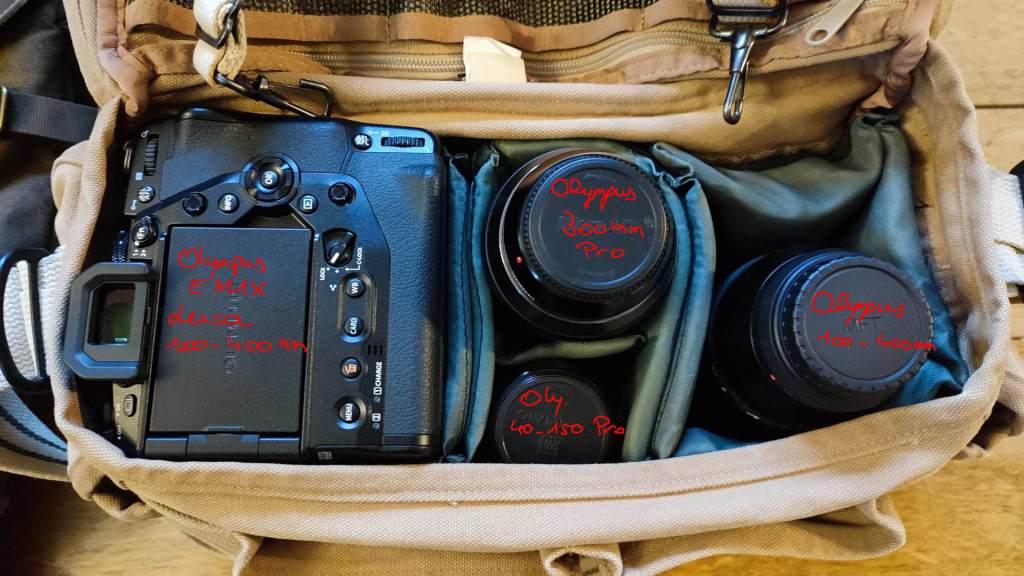
In the picture above, you can see the Domke F7 carrying the E-M1X and four of the largest m4/3 lenses: the Leica 100-400, Olympus 100-400, Olympus 300mm f4 Pro, and the 40-150mm f2.8 Pro. However, in practical use, you would typically only bring one 100-400mm lens, allowing room for two cameras and possibly some smaller lenses. Additionally, the bag has side pockets for extra storage. The challenge isn’t fitting numerous lenses or equipment in the bag; instead, it’s a matter of deciding how much you can or want to carry.
In a previous article about items I acquire, I mentioned the idea of buying second-hand bags. This can be a great way to find a good deal. However, it’s important to exercise caution. If you can, it’s a good idea to personally inspect the bag before purchasing it, either from the owner or the store selling it. This way, you can avoid unpleasant surprises, as I encountered with the Domke (F2) F7 bag.
I found this bag on a second-hand website with only one photo and a description claiming it was “in very good condition.” The photo wasn’t very clear or detailed, but it seemed acceptable. The price was €60, which included shipping, dirt cheap compared to the new price. What could be wrong with a bag, I thought.
When the bag arrived, it felt heavy and damp, and I noticed mold starting to form on the bottom. After removing the bag’s inserts, I discovered a soaked cotton cap underneath, along with hundreds of small metal rings, about 4 to 5mm in size, similar to those found in a pen’s metal spring but cut into pieces, something had fallen apart in the bag.
I had to invest considerable effort, time, and resources into thoroughly cleaning and disinfecting the bag. I vacuumed the metal rings and painstakingly removed the remaining ones with tweezers. I also restored the inserts with new rubber foam padding and a new rubber foam bottom plate because the original one was completely rotten. The hip belt was also missing and I replaced it with a normal cotton trouser belt.
The inserts and bottom plate have been restored with foam “puzzle floor tiles”, as used for children’s play floors, underlay for outdoor swimming pools and for floor protection during heavy work. Found in DIY stores, these tiles are approximately 45x45cm and 0.8cm thick. They retail for around €40 for a pack of 8 tiles, sizes and prices may vary.
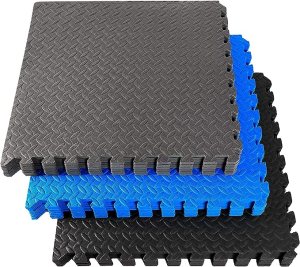
These tiles are perfect for these kinds of uses. They’re water-resistant, feather light, strong and durable, and provide a shockproof layer. Easily cut with scissors, they’re ideal for reinforcing and dividing various lens and camera bags and cases. I always have a piece of it that fits in my bag, which comes in handy for sitting on a wet surface or placing under my knees when taking photos.
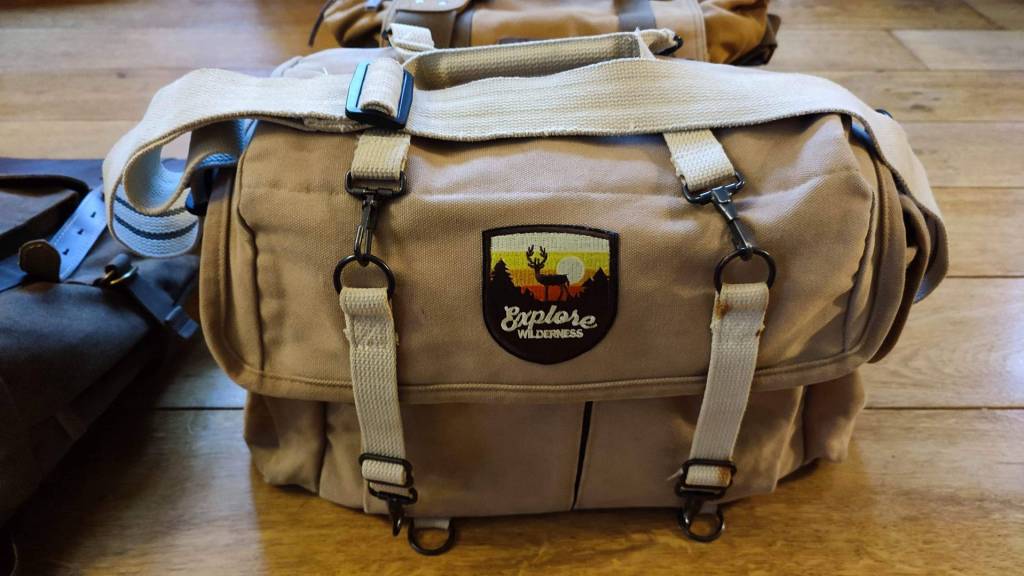
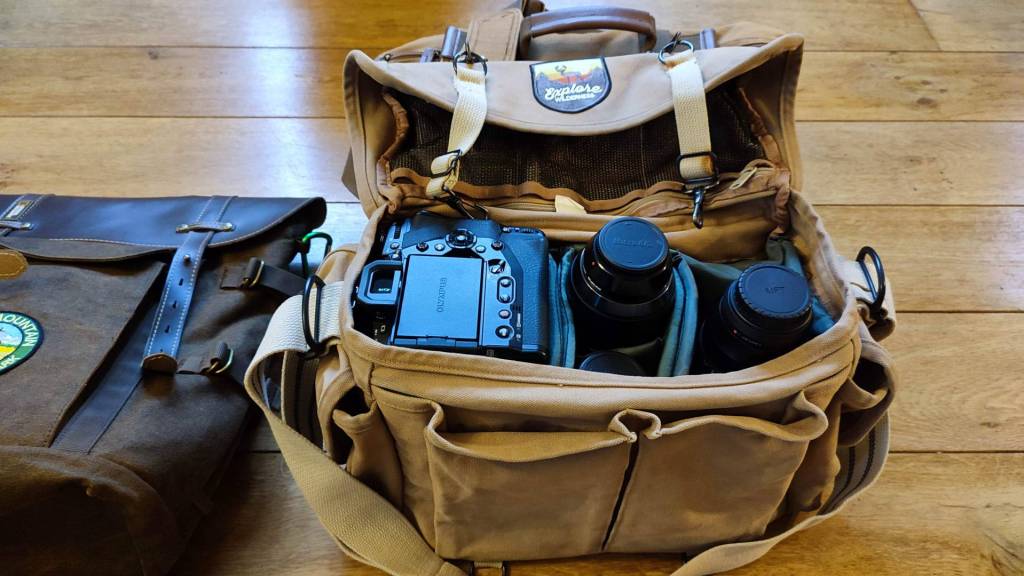
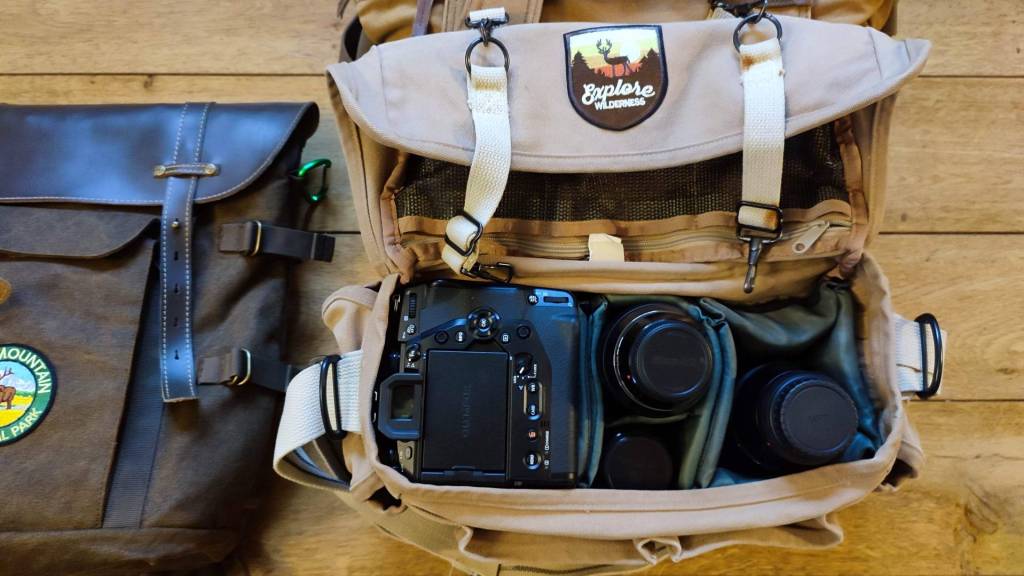
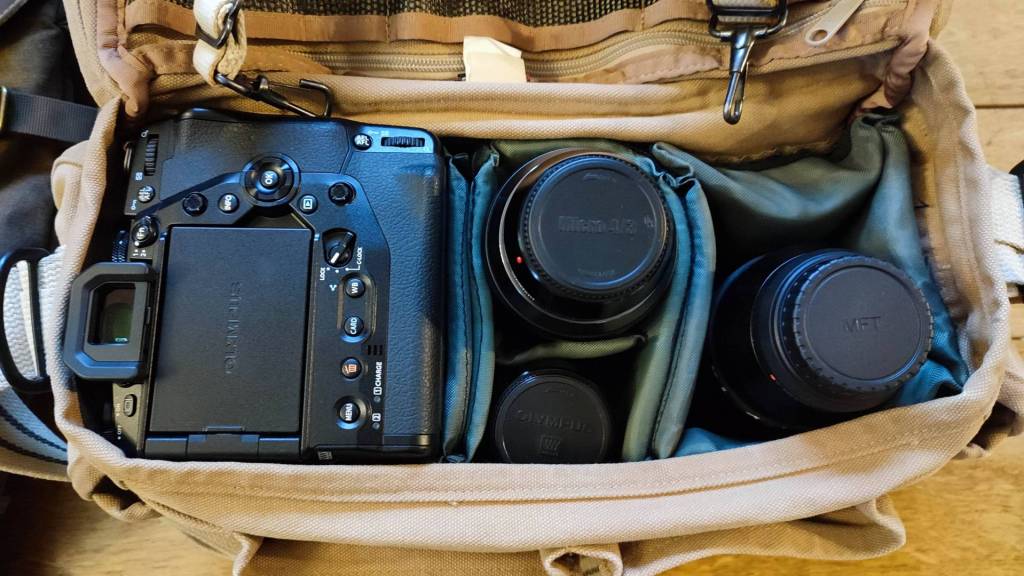
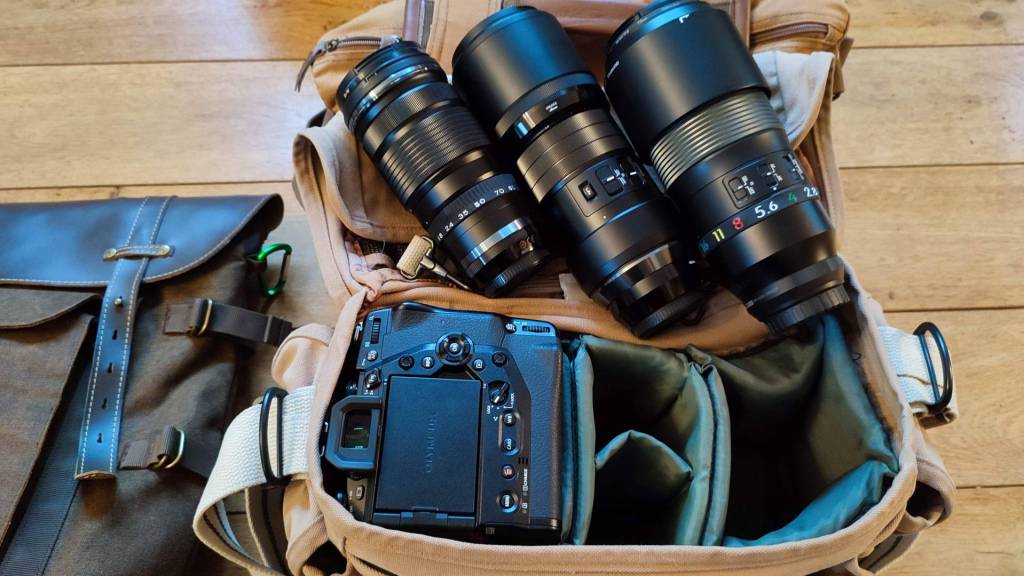
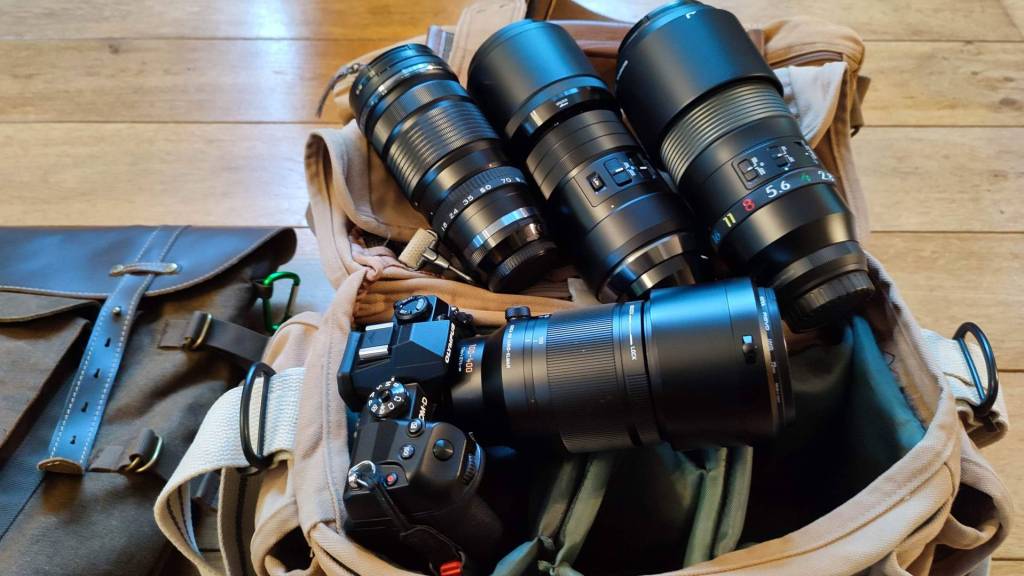
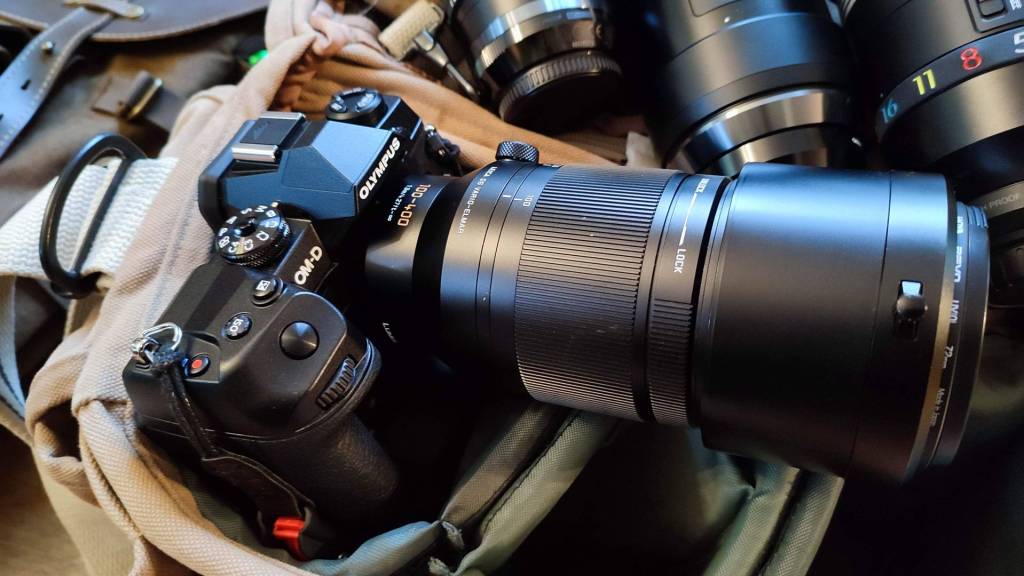
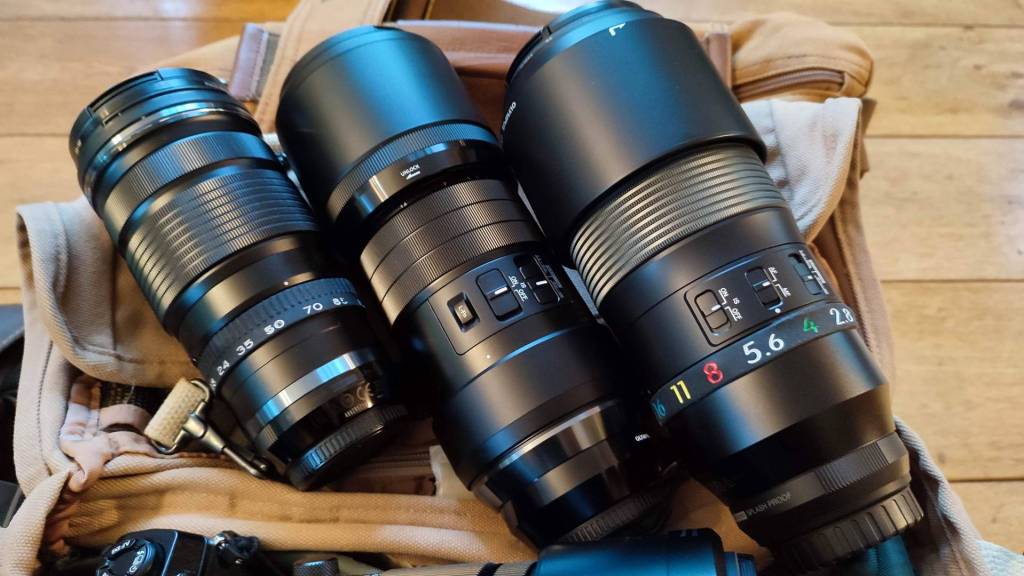
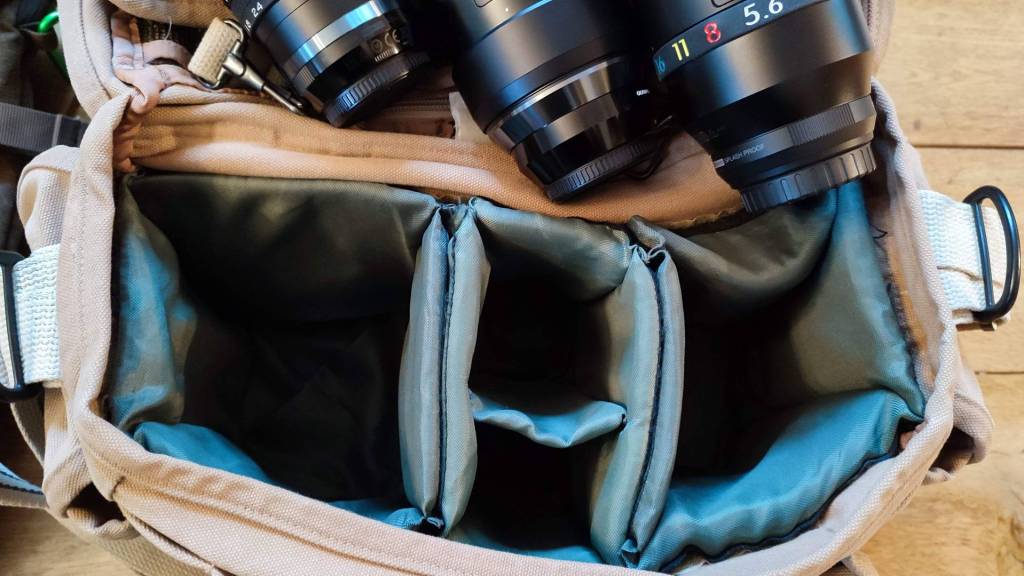
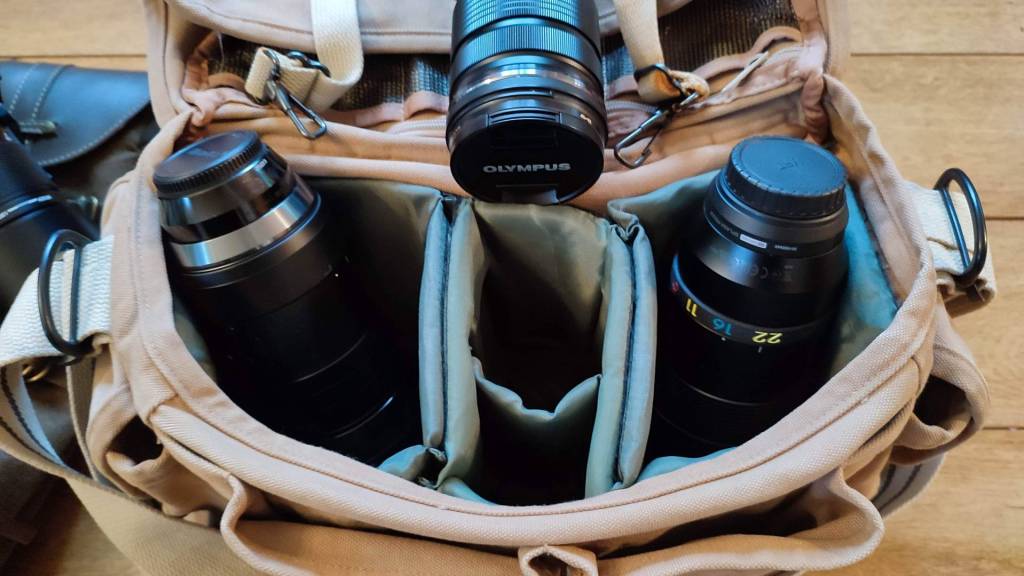
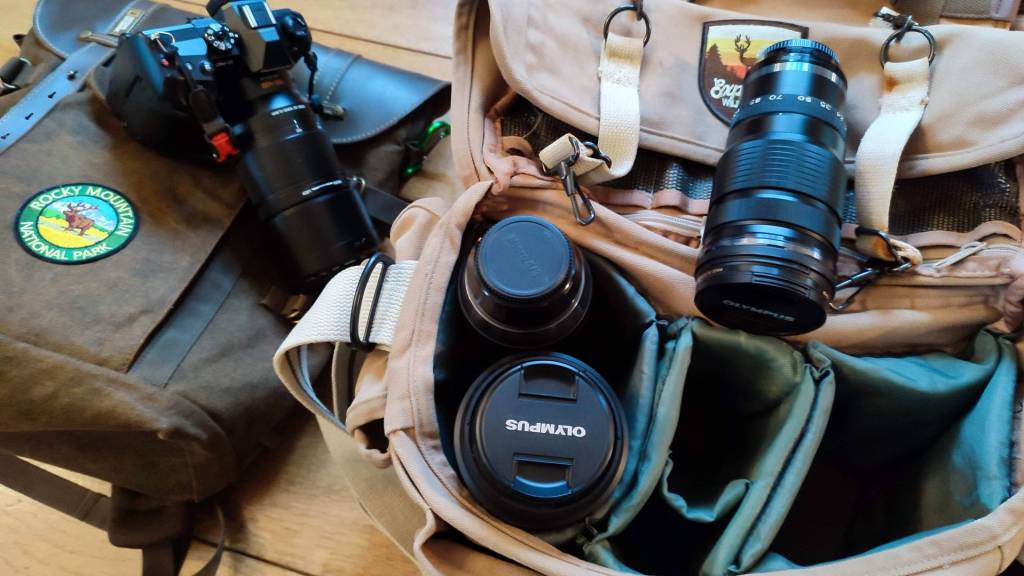
In the end, I managed to restore the bag to good condition, but this experience taught me that the description “in very good condition” can mean different things to different people. While the price and the eventual outcome was ok, the initial surprise was far from pleasant. So, it’s essential to exercise caution and, whenever possible, inspect second hand stuff in person before making a purchase.
* About the neopreen protective pouches I use :
Whether you use a specialized camera bag or just a regular tote or shoulder bag, providing extra protection for your camera is never unnecessary. This is especially true when you’re out and about with a regular shoulder bag where you’ve casually tossed in items like house and car keys, wallet, phone, snack and drinks, and… a camera, without any compartments to keep everything separate. There are various types available, such as the snout-shaped ones that can be secured with ear-like flaps. There are also regular wraps, but items can easily fall out if you’re not careful. Additionally, there are sturdier snout bags from JJC, which I personally prefer. These have a sewn-in ribbon with a click system, so when you take the camera out for shooting, the bag remains attached, which I find very convenient.
The price of a regular snout bag is around €10/15 (size S), a wrap is around €15 (size 40x40cm), and the JJC Model S costs approximately €20/25. Regardless of the neoprene protection you choose, compare the dimensions with the JJC snout bag S because it fits all Olympus E-M10 models from Mark I to IV, as well as the E-M5 series from Mark I to III, and the OM System 5, plus a lens attached up to an Olympus 12-200mm (without hood attached) !
If you’re carrying an E-PL series camera from E-PL1 to E-PL10, it’s best suited for the JJC Model OC-S1YGR (b&w camo) and fits well with most small lenses like the Olympus EZ 14-42 package and the Panasonic 12-32mm collapsible lens, costing around €12.
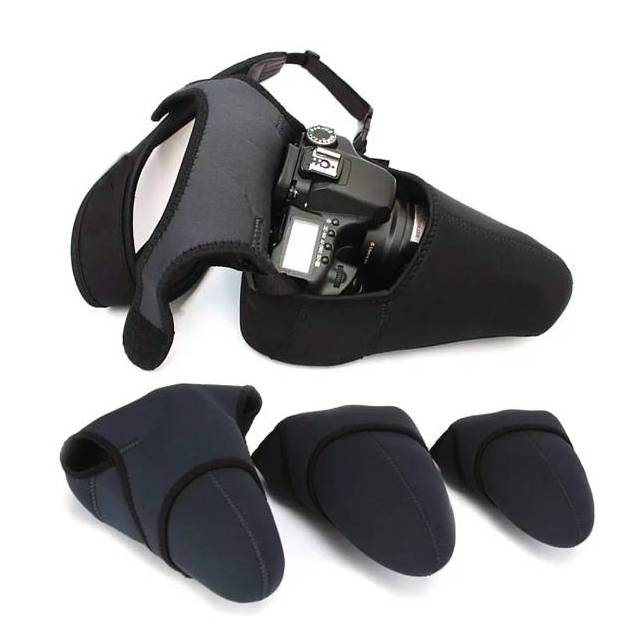
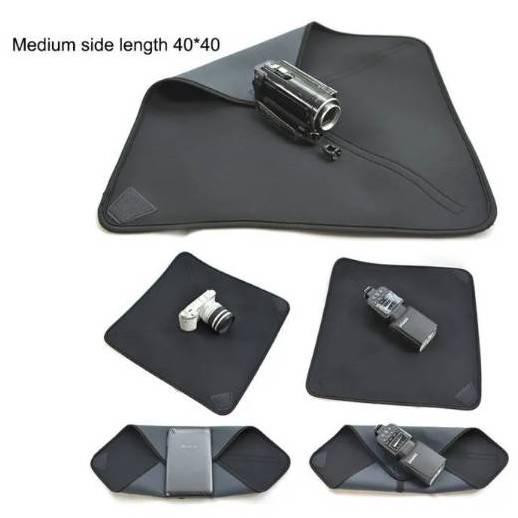
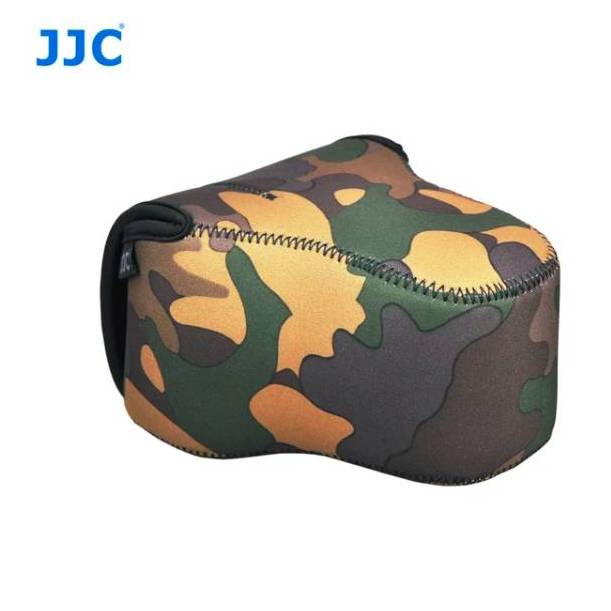
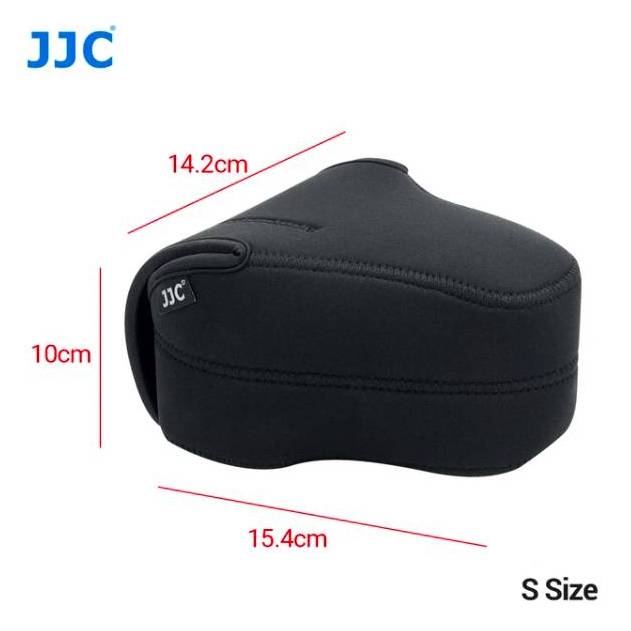
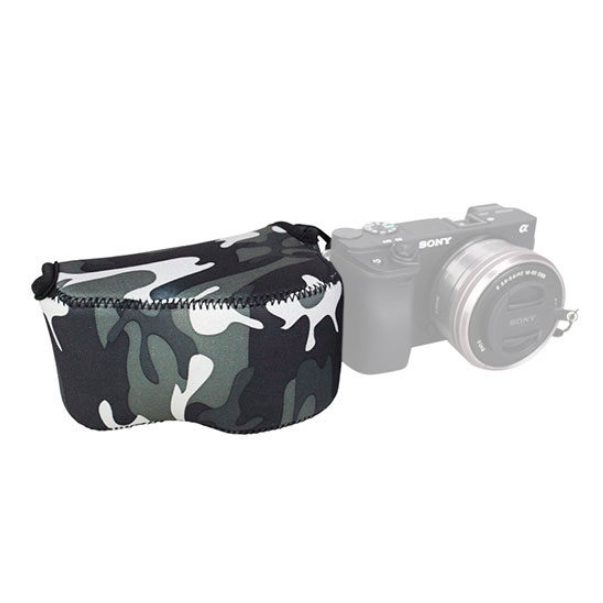
For those who read the previous article about messengers and these larger bags, you might have noticed the patches on the bags. Well, I personally added them to jazz up the bags. They give the bag a more outdoor and urban vibe—not your typical camera bag look, at least that’s what I think. 🙂
I found them on AliExpress, but I believe you can also find similar ones in specialized sewing and yarn stores. They are simply stuck on with a hot iron.

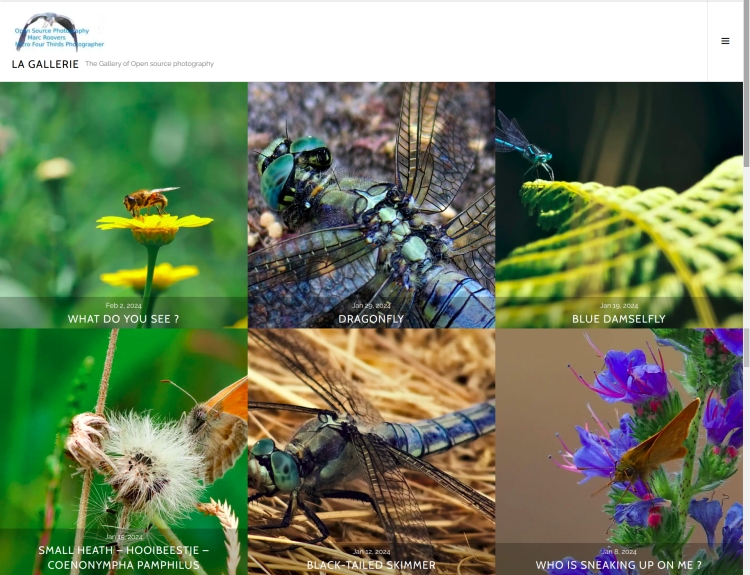
The photo gallery of Open Source Photography, Olympus micro 4/3 system, Vintage Lens Photograpy, Film Simulation, PictureFX, HDR – Photographer : Marc R.
Discover more from Open Source Photography
Subscribe to get the latest posts sent to your email.


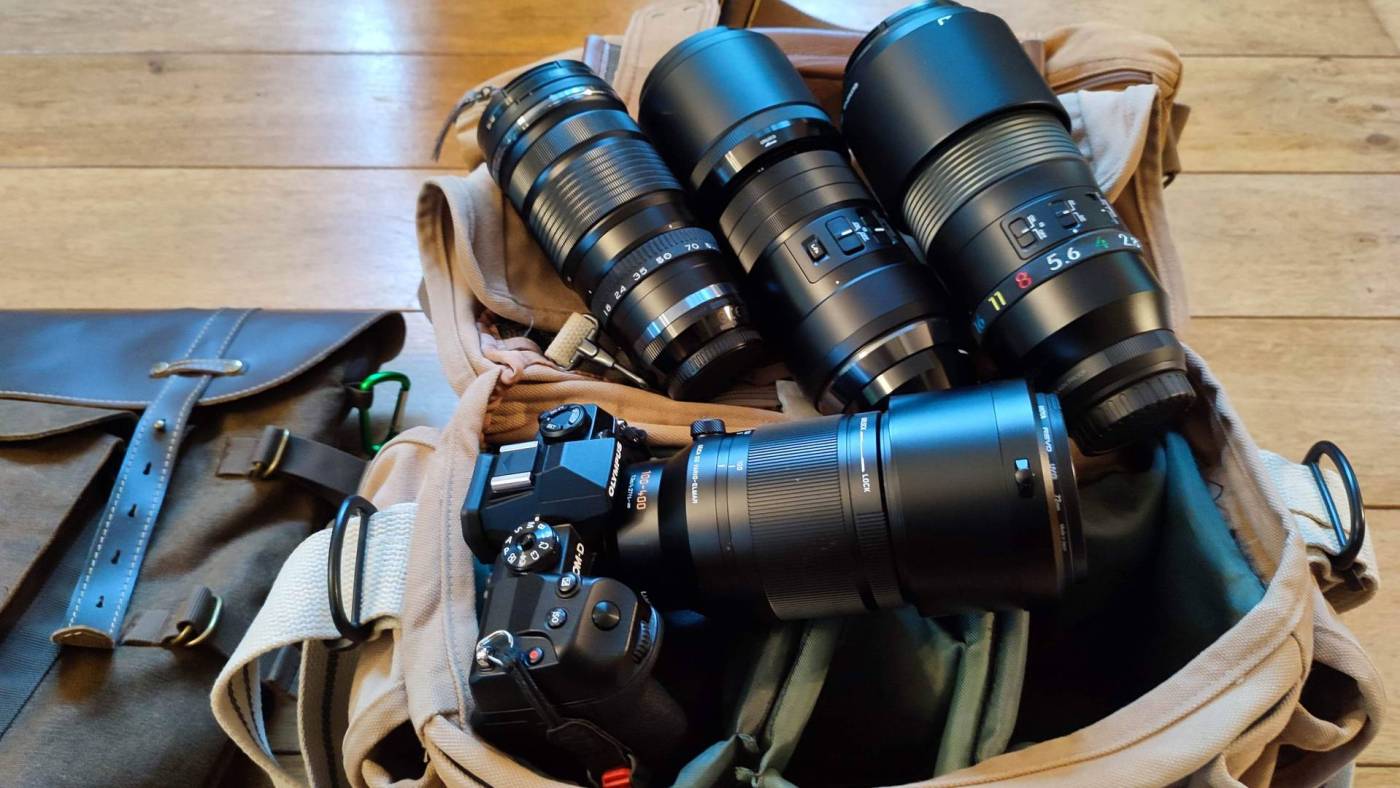

Lovely and in-depth as always. Enjoy my friend.
LikeLike
Thank you Mark, heave a great day !
LikeLike
Great article, it’s always interesting to see how people carry and store their gear. Hot glue is good for sticking the puzzle floor tiles together, and neoprene (wetsuit) stubby / drink holders are great for keeping lenses in 😀
I first used a satchel or side bag, but switched to a backpack as it was more comfortable on long treks – Lowepro Flipside Sport 10L AW, still have it and use it mainly for storage and the odd extended excursion or wedding where I “need” more gear, but now I usually stick to minimalism and take a smaller Lowpro snoot type bag that fits the camera with a lens and 2 more lenses – or accessory/flash. Small, light and easier to access than a backpack. I only take what I intend to use (depends on the subject) and will sometimes just carry the camera/lens attached to the tripod – or do that and throw in an extra lens in the snoot bag or just a small lens in my pocket. I tend to use the camera more if it’s not in a bag. I have whittled down my Oly collection to the OM-1 and a Pen-F. Again, it depends what I’m shooting which one I take. I love and prefer the Pen-F, but sometimes need the extra tech/features of the OM-1. Happy shooting 😀
LikeLike
Hey Tone! Thanks for the hot glue tip, I had already tried it with regular glue but that didn’t work, so far I just used a piece of duck tape.
The drinking can holders are also a good idea, but they are more expensive in Belgium than the lens holders at Aliexpress, but still one that I will keep in mind.
Everyone has their own style of bag or backpack, and it is a matter of what suits you best. I alternate between the two a bit, although I usually carry a shoulder bag.
Nice to hear you again, take care of yourself Tone, and see you next visit 🙂
LikeLiked by 1 person